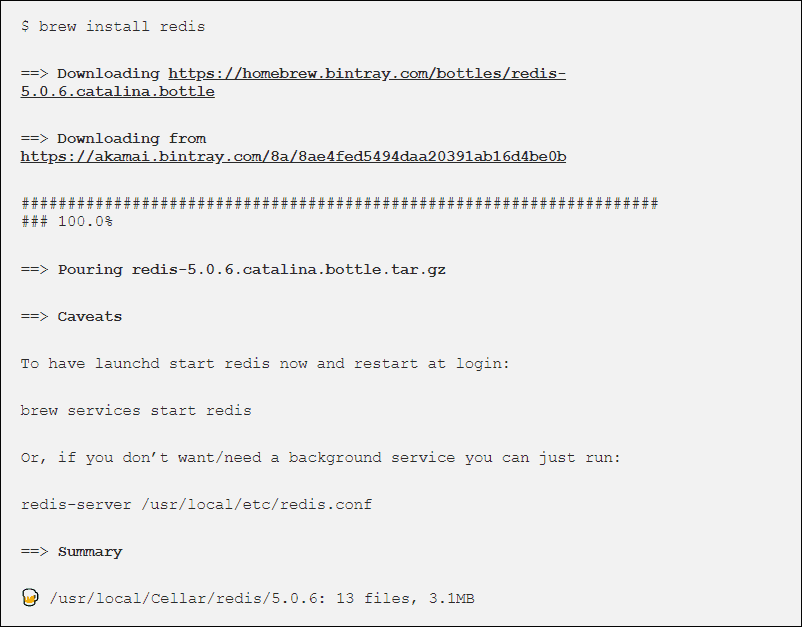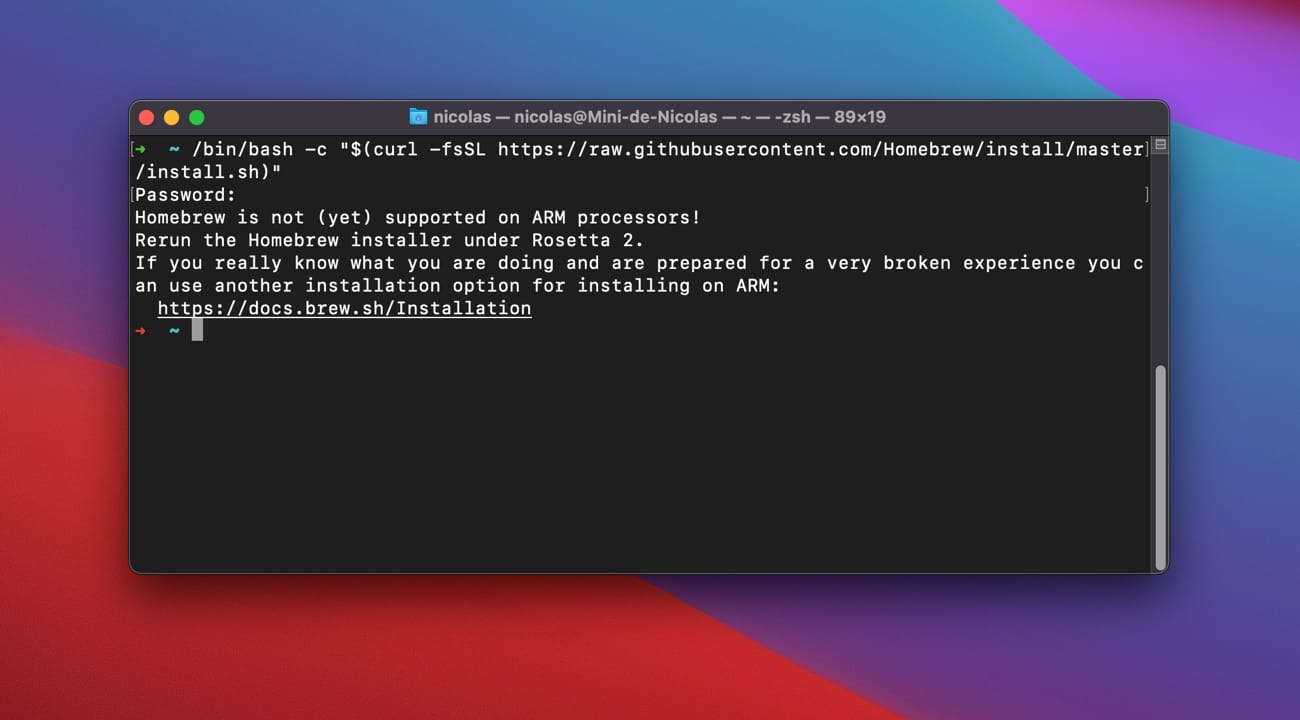Homebrew is a package managing tool. It’s more popular on Linux but is also used extensively on macOS. In fact, for apps that install as packages, Homebrew is the easiest way to remove them. Here’s how you can install Homebrew on macOS Catalina.


Make sure to check out Part One, How To Install Apache on macOS 10.15 Catalina Using Homebrew, which is a pre-requisite for this piece. In the past, I used to rely on the version of Apache and PHP that came pre-loaded with the OS on my MacBook Pro. Step 2: Install Node. By installing NodeJS you will also get NPM which is Node package manager. It will help you to install other packages. To install Node on your Mac using Homebrew type the following command. $ brew install node. Once you have Node installed you can check its version by typing the following command in the terminal. Install PHP 7.3 + xdebug on MacOS Catalina (with homebrew) Homebrew have relocated “php” formulas and renamed “php71” into “php@7.1” in 2018 making it quite difficult to and also.
Xcode
In order to install Homebrew on macOS Catalina, you must have Xcode installed. You can get it from the Mac App Store. The app is large and for some reason, it downloads really slow when you get it from the Mac App store so you’re in for a little wait.
Once it’s installed, you also need to install Command Line tools for it. To install Command Line tools, open Terminal and enter the following command.

You will see a prompt asking you to confirm that you want to install the tools, and you will also see an EULA that you have to agree to.

The Command Line tools don’t take too long to install. Once it’s finished you can install Homebrew.
Install Homebrew
Open Terminal and run the following command.
You will have to confirm that you want to install Homebrew. The Terminal will show you all the changes it will be making i.e., new directories it will make when it is installed. Confirm that you want to install it.
Brew Install Mysql Mac Catalina
After that, you only have to wait for the installation to complete. Once it is complete, you will see a message in Terminal confirming that installation was successful. You can now close Terminal.
If at any point you want to verify the Homebrew installation, you can run the following command in Terminal.
Brew Install Mac Catalina Update
The command will return which version of Homebrew is installed on your Mac.
Brew Install Openssl Mac Catalina
If you want to uninstall Homebrew, you can run the following command in Terminal.
Homebrew has tons of documentation available so if you’re not sure how to use it, go through the documentation. Apps that you can install via Homebrew often provide the command that you need to run to install them. They basically come with a script that can be run via Homebrew and the script takes care of the installation. If there’s an uninstall script available, you can run it to remove the app.
Mac Catalina Install Brew
You should know that apps you install via Homebrew still have to be 64-bit if you’re installing them on Catalina. Homebrew doesn’t let users by-pass the 64-bit condition that Catalina has. There is no getting around that. On that note, Homebrew had to update to a Catalina compatible version so it’s unlikely that you will be able to install older versions of it.